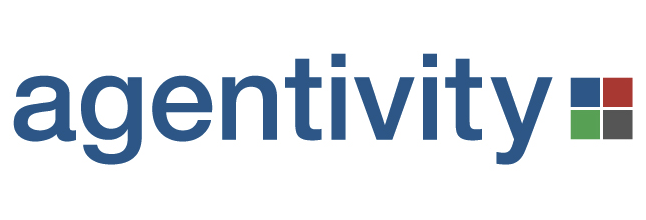5 PNR mistakes to avoid
The Passenger Name Record (PNR) is a mainstay of the travel industry and has been around for decades, and we process thousands of these every day for our travel agency customers. As a result, we’ve seen all sorts of mistakes in bookings made by agents every day. This applies to both how a PNR is constructed and also the type of information added to it at various stages in the booking lifecycle.
Here are our top 5 you should avoid at all costs:
Adding the minimum info to a PNR simply to get it accepted by the GDS
…. and then coming back to it later to add the correct information.
Why is this a mistake?
It’s an inefficient process, with the consultant having to come back to the PNR later to “fix” it.
More importantly though, systems and processes in your agency which rely on distinct identification of passengers in your booking data will not be able to function correctly.
Putting agency values in customer contact fields
Very much related to the above process, many agents put their own phone numbers and email addresses in a booking simply to get it over the line and finished. We do appreciate in some cases the agent prefers the airline to rather contact them than the customer, however this again makes it almost impossible for data analysis tools to profile your customers, as email and phone fields are some examples of unique customer values.
It also puts extra strain on any out of hours support processes you might have in place, as the customer’s contact fields won’t be available.Adding extra text to standard GDS entries.
For example, adding a mobile number in the name remark field. Whilst you’re probably doing that to ensure support and out of hours staff have easy visibility on those items, it creates havoc for other systems, who in many cases have to be re-programmed to remove those fields.Adding multiple contact field items.
We see some agents adding up to 20 phone fields. So which is the customer’s unique phone number? No-one will know and more importantly, data analysis systems really struggle with this.A free-for-all approach to adding Data to the PNR
Letting staff do their own thing when adding Remarks to the PNR creates opportunity for a severe lack of standardisation in the agency which will significantly impact many processes, including after-hours servicing, robotics, back-office integration and more.
There are many tools available that can provide a common method for staff to add content during the PNR build process in a well-organised, structured and crucially, correct way.
Overall, you want to ensure you provide single, distinct passenger values in a PNR right from the start. This paves the way for your customer data to be well structured and most importantly, extract the most amount of distinct customers from your booking data.
Having good quality customer data within your booking data also makes the onboarding of client self-booking tools, mobile apps, change of itinerary provider, and many other systems so much easier, and will significantly reduce the time and effort needed to correct errors later on.
If you want a quick analysis of what the state of your booking quality is, book a quick slot to talk to us about it today. We can easily tell you what the state of your bookings are once we’ve had a quick look.
Want to see how to construct the perfect PNR in Amadeus, Travelport and Sabre? Here is a handy cheat sheet showing you how!
